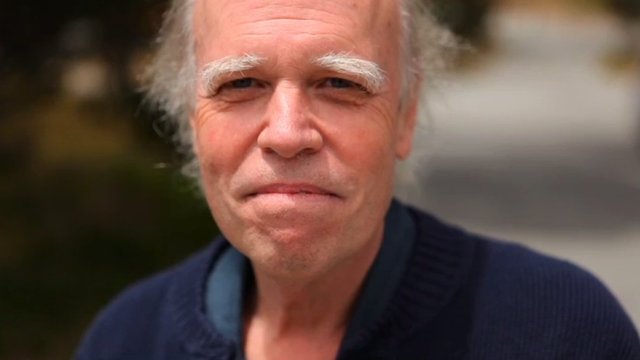

Situated cognition studies argues that thinking is tied to experiences of goal-oriented action in the material and social world. Furthermore, these experiences are stored in the mind/brain not in terms of abstract concepts but in something like dynamic images tied to perception of the world and of our own bodies, internal states, and feelings (Churchland 1986; Damasio 1994; Gee 1992). Thus, consider the following quotes, which give the flavor of what it means to say that cognition is situated in embodied experience:
■ “Comprehension is grounded in perceptual simulations that prepare agents for situated action.” (Barsalou 1999a, 77)
■ “To a particular person, the meaning of an object, event, or sentence is what that person can do with the object, event, or sentence.” (Glenberg 1997, 3)
■ “Increasing evidence suggests that perceptual simulation is indeed central to comprehension.” (Barsalou 1999a, 74)
■ “Higher intelligence is not a different kind of process from perceptual intelligence.” (Hawkins 2005, 96) …
Connectionist computers look for and store patterns (networks of associations) among elements of input from the world. The argument is that humans–like connectionist computers–look for patterns in the elements of their experiences in the world and, as they have more and more experiences, find deeper and more subtle patterns, which help predict what might happen in the future when they act to accomplish goals. …
Thus, a situated view of the mind leads us to social and cultural groups and their tools and technologies. Both situated cognition studies and the NLS point not to the “private mind” but to the world of experience—and that experience is almost always shared in social and cultural groups—as the core of human learning, thinking, problem solving, and literacy (where literacy is defined as “getting and giving meanings using written language”). This was the argument I made in my book The Social Mind (Gee 1992) at a time when I was trying to integrate learning into the NLS and to link situated cognition studies and the NLS.
Work on situated cognition stresses that knowledge and intelligence are contextual, embodied, and distributed (across various tools and technologies, as well as across groups of people).
Gee, James Paul. 2010. New Digital Media and Learning as an Emerging Area and “Worked Examples” as One Way Forward. Cambridge MA: MIT Press. pp. 25-30 || Amazon || WorldCat